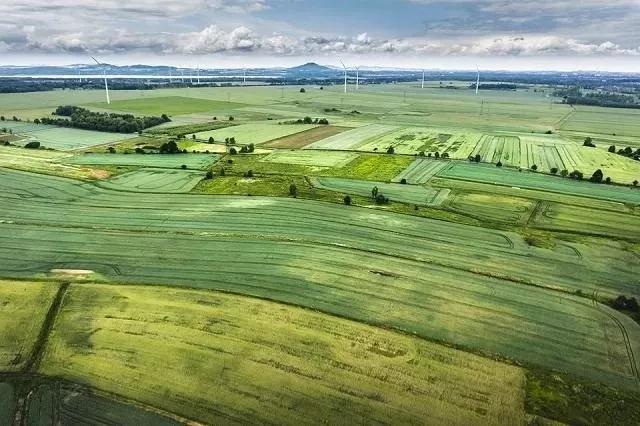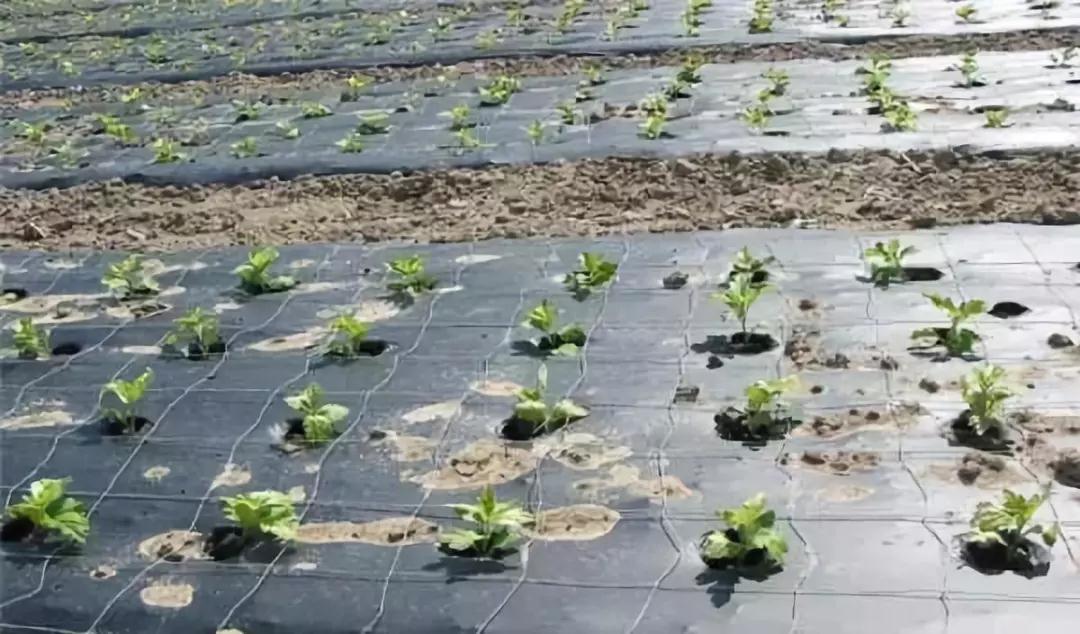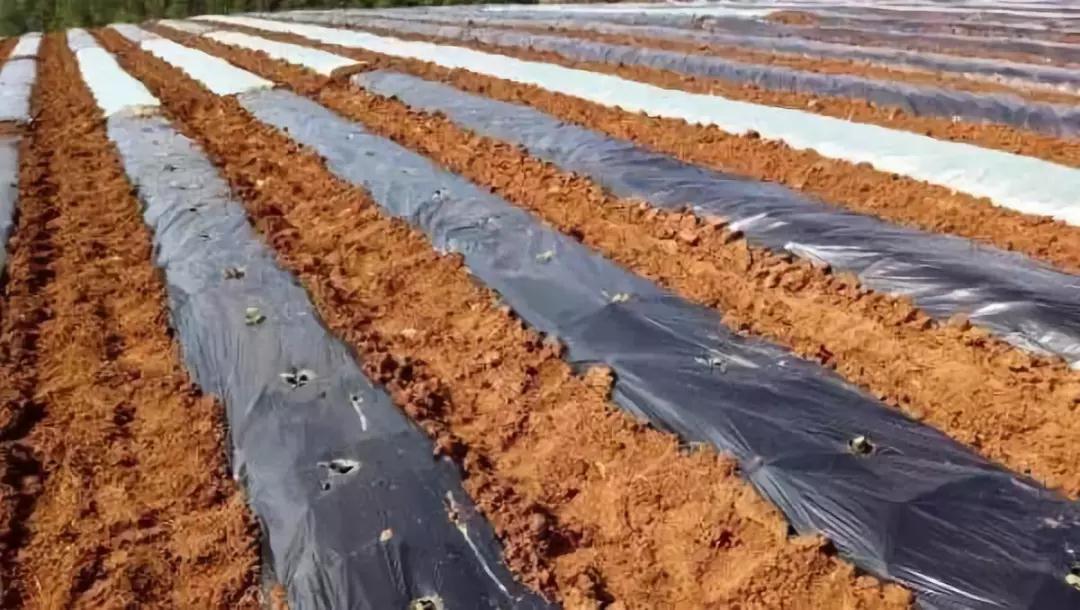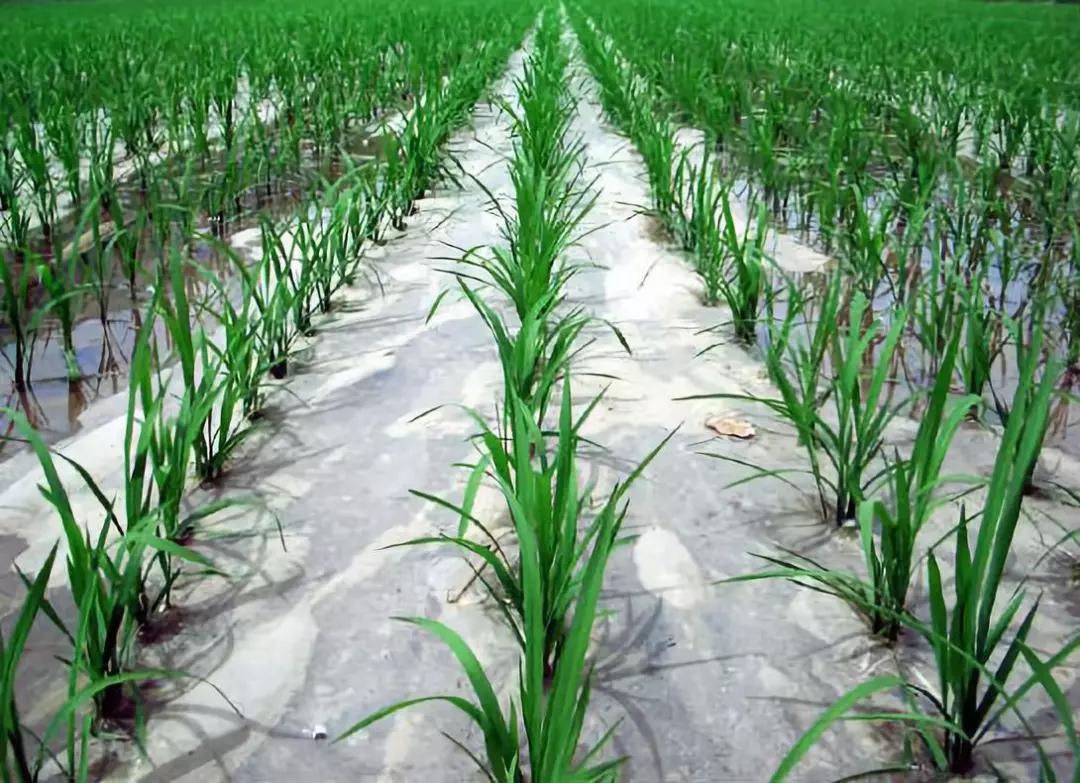1. Great potential
In recent years, agricultural departments in various places have actively promoted the recycling and reuse of plastic film. The first is to strengthen the construction of plastic film recycling processing capacity, the second is to strengthen the management of plastic film recycling.
Agricultural film is the fourth largest means of agricultural production after seeds, pesticides, and chemical fertilizers. It has obvious functions of increasing temperature, protecting soil moisture, and weeding, and has made significant contributions to increasing agricultural production and increasing farmers' income.

Public information shows that agricultural films generally refer to plastic films used in agricultural production, and generally include insect-resistant films, weed control films, and degradation films. As the fourth largest means of agricultural production after seeds, pesticides, and fertilizers, agricultural film mulching technology has the characteristics of heat preservation, increase soil moisture, drought resistance and water saving. The use of this technology has brought about changes in agricultural production methods and a leap in agricultural productivity .
As of 2019, China's agricultural shed film and mulch film use accounted for about 80% and 90% of the global total use, respectively, ranking first in the world.
Plastic mulch is known as the "white revolution" in the agricultural field, but with the continuous increase in the use and service life of plastic mulch, the harm of agricultural plastic mulch residue is gradually emerging. The old agricultural film has not been processed, and the new agricultural film has been laid again, and its potential consequences are difficult to estimate.
Agricultural film is also called” white pollution”, how to deal with the problem between “white revolution” and “white pollution,will be the outstanding issue facing agricultural green development.
On December 6, 2019, in order to establish and improve the agricultural film management system, in accordance with the relevant provisions of the "Soil Pollution Control Law of the People's Republic of China", the Ministry of Agriculture and Rural Affairs drafted the "Administrative Measures for Agricultural Films (Trial) (Draft for Comment)" The society solicits opinions publicly.
The deadline for comments is January 6, 2020.

The Opinion Draft will establish a full-chain supervision system, clarify that local people's governments at all levels are responsible for the prevention and control of agricultural film pollution in their respective administrative areas, organize, coordinate, and urge relevant departments to perform supervision and management duties on agricultural film pollution prevention and management, as well as the duties on the management of agriculture film by the departments of agriculture and rural, industry and information technology, market supervision and management, ecological environment and other departments.
In order to facilitate product traceability and market supervision, and regulate the behavior of producers, sellers, and users in the production, sales, and use links, the Opinion Draft stipulates that producers should implement relevant standards for agricultural films and add enterprise logos on products. Distinguish the content marked on the product certification certificate of the full biodegradable agricultural film and the non-biodegradable agricultural film, and establish a factory film sales record; film sellers should check the packaging, labeling, and quality inspection certification of agricultural film products according to law Purchasing and selling agricultural films that do not meet national mandatory standards shall not sell non-agricultural films to users of agricultural films, and establish a sales account.
In addition, the Opinion Draft also specifies supervision and inspection measures and legal responsibilities. Establish a monitoring system for agricultural film residues, and the agricultural and rural departments of local people's governments at or above the county level will regularly carry out monitoring of agricultural film residues in their respective administrative areas; establish a monitoring system for agricultural film markets, and the market supervision and management departments of people's governments above the county level will regularly conduct their own administrative areas Supervision and inspection of the agricultural film market. It is clear that the production and sale of agricultural films that do not meet the compulsory standards, as well as the failure to recycle agricultural films in a timely manner, shall bear corresponding legal responsibilities.
In the next three years, the national agricultural film recycling rate will reach more than 80%, and some provinces with higher usage will also strive to achieve the full recycling of waste agricultural films. Driven by quality agriculture and green agriculture, there is huge potential in the high-end functional agricultural film market. The era of "one film covering the world" will be gone forever.
2. Recycling problems
Compared with the rapid "clean soil project" kicked off, the agricultural film resource utilization utilizes the long covered area of the running field, and the agricultural film treatment progress is not optimistic.
Since 2015, in accordance with the requirements of the "Thirteenth Five-Year Plan", China's agricultural film industry has officially started the fourth stage, and "ultra-long life" has become an important subject for innovation and application.
After four years of research, some agricultural film products have been able to change from one year to two years or more, which has helped to alleviate the pressure on labor scarcity, promote cost savings, and increase agricultural added value.
In recent years, in order to help farmers obtain better planting income through agricultural film, scientific research institutions and upstream and downstream enterprises in the industry have discussed how to enhance the high light transmittance, durable drip and fog resistance, and good self-cleaning and dust resistance of agricultural films. To improve the index of light conversion and light transmittance of agricultural film, a lot of research and development has been carried out to realize the long-term play of the life and function of agricultural film.

According to a large number of demonstration data throughout the country, when the transmittance of agricultural films will increase by 1%, the crop output will increase by 1% ; the function of anti-dripping and anti-fogging is reducing the occurrence of pests in the shed. The dew drops condensed on the inner surface of the film will reflect 20% to 30% of the sunlight, causing insufficient temperature and increased humidity in the shed, which can easily cause the spread of germs such as cucumbers and tomatoes, which is the chief cause of reduced crop yield and quality.
It can be said that research on optimizing the light transmission spectrum of agricultural films shows that adjusting the red-blue transmittance ratio of agricultural films to the optimal ratio of crops through light transfer technology can effectively improve crop quality.
With the increasing use of mulch film and the year of use, pollution caused by residual film is also accumulating.
Due to the opening of the additional "purified soil project" of mulching film, the utilization of agricultural film resources is very low, and agricultural film recycling companies are mostly small workshop-type factories. At the same time, the machinery on the market is currently unable to meet the demand for residual film recycling. Membrane residues are also increasing.
As of 2017, the "purified soil project" has begun. The utilization of agricultural film resources has entered the end of the field. Due to long-term heavy use and light recycling, the recycling rate of agricultural films in China in the current season is less than 70%, and some areas have serious pollution of residual plastic films.
The domestic agricultural mulch film thickness is only 0.006—0.008mm, which reduces the production cost and reduces the tensile strength of the mulch film, which brings difficulty to the later mechanized recycling. Due to the irregular use of mulch films of different thicknesses, it has also increased the difficulty of manual recycling and promotion of mechanized picking of mulch films to a certain extent.
In addition, most agricultural films have a very long degradation cycle. If they are not scientifically treated, they will be discarded directly in the field, which will not only endanger air and water sources, but will also have an irreversible and profound impact on the soil environment. And the burning of agricultural film will produce at least 5 kinds of pollutants, such as dioxins.

According to the state's existing deployment, the extension of the responsibility system for mulch film producers is required to be piloted to achieve unified supply and recycling of mulch film production enterprises.
However, industry insiders pointed out that at present, farmers do not know enough about the recycling of residual film, and there is no profit space for recycling and processing enterprises, which is difficult to sustain. In addition, the degradation process of degradable mulch film is greatly affected by the environment and it is difficult to meet the different needs of different crop growth cycles.
The treatment of agricultural film must first collect the residual film from the ground, remove the firewood soil and realize the sorting, and then sell it to recycling companies. The recycling company processes the acquired residual film into plastic particles and then sells it to upstream processing companies.
This means that it is necessary for the waste mulch to walk out of a high-quality "purified soil project" to open a new path for the utilization of agricultural membranes, running admission standards, high recycling rates and resource utilization. In the future, the application of thickened mulch film, mechanized pickup, professional recycling, and resource utilization should become the main direction of agricultural film management.
<LDPE film recycling solution , http://www.get-recycling.com/solutions_show.asp?id=8>

